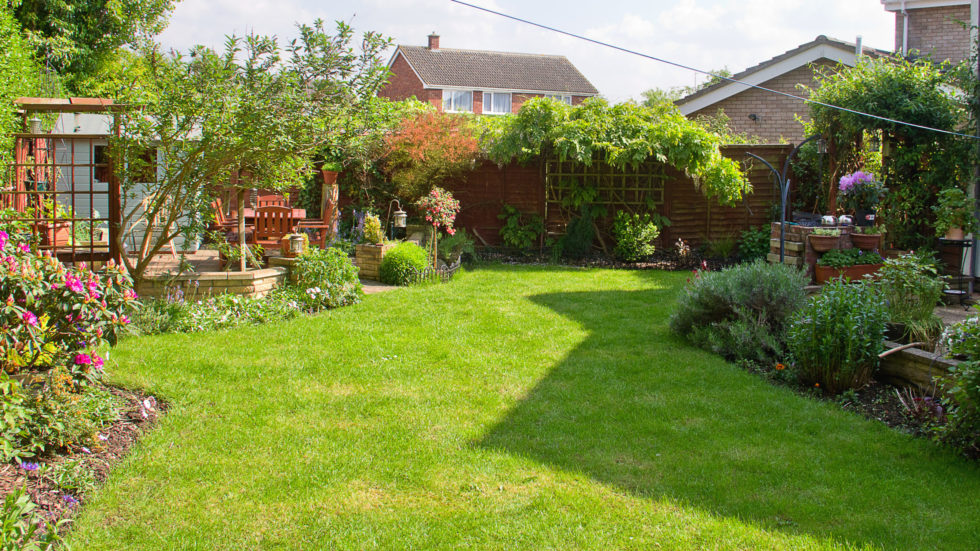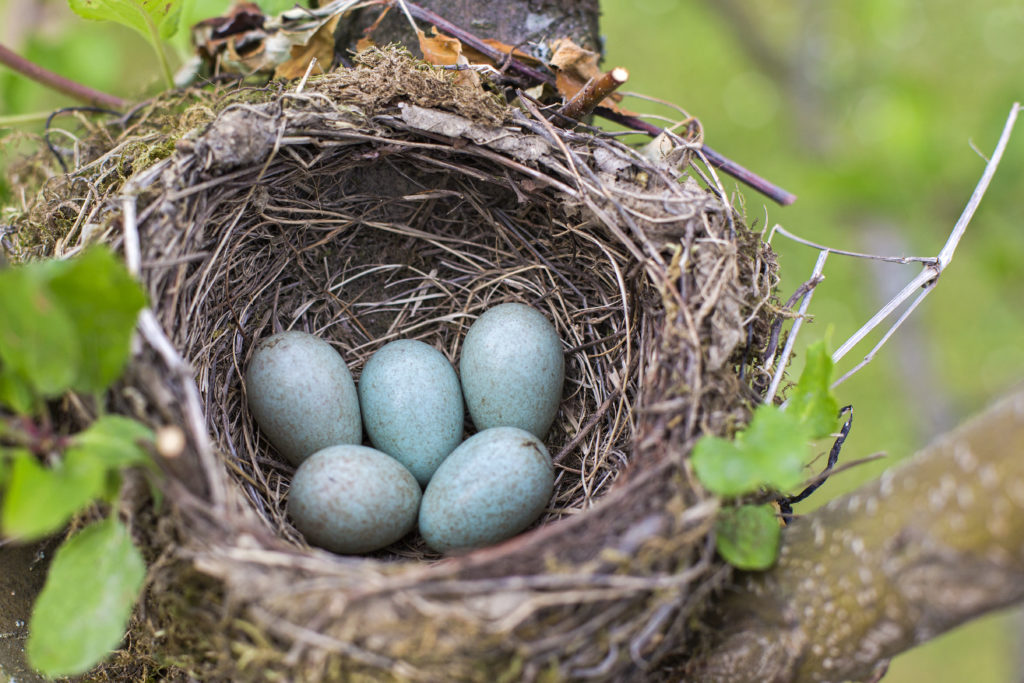Give Your Garden An Autumn Clean

Give Your Garden An Autumn Clean
Autumn is here and one job to think about in the garden is the annual trim of your overgrown foliage, after the strong growth of spring and the bloom of summer, autumn is the time to tidy up ahead of the dormant winter period. As well as making your garden look more attractive, a quick trim is important to ensure that your garden is safe and sound before the inclement weather to come in the winter months.
Spring cleaning is much talked about, and inside the home, spring is a great time to roll your sleeves up and get to work cleaning, however when it comes to getting stuck in outside, autumn is the best time to get involved in tidying things up, and when it comes to maintaining hedges and trees, now is the time.
Regular maintenance of hedges and trees is important when it comes to looking after your garden, in spring you should inspect hedges and trees for rot, the strength of the root structure and the growth patterns – this is especially the case for hedges and trees on boundaries or ones which form boundaries.
Out of control hedges and trees can be a real nuisance for your home or if not tamed and growing into a neighbour’s garden can cause a dispute, look to cut back growth and restore some order to your garden again – if your hedges or trees are adjacent to a highway you also risk the wrath of the local authority.
Vegetation overhanging onto highways can be a real danger to road and footway users – those who are visually impaired, wheelchair users, or parents with buggies can face road risks if they are forced to use the highway to avoid the risk of overhanging vegetation which is obstructing the footway they are using.
Hedge Trimming
A well-maintained hedge makes a bold statement and frames a garden or frontage to a welcoming property however they require regular trimming to keep them compact and in a good, healthy shape. Newly planted hedges require formative pruning for the first couple of years after planting which is typically carried out in winter or spring, and it helps hedges and trees develop good balanced shape.
Established hedges are usually trimmed once or twice a year for formal hedges, although some may require three cuts a year. Maintenance trimming is generally carried out between spring and summer. When hedge cutting, it is also an ideal time to maintain and trim back your garden shrubs. In the autumn months it is a good idea to carry out the pruning of climbers, roses, trees, shrubs and hedges.
Tree Pruning
When pruning there are three main methods – crown reduction, crown lifting, and crown thinning – reduction is the removal of branches which slims the outer canopy of the tree, and it can also improve or maintain the shape of a tree’s crown. Lifting is the pruning of the branches of a tree’s crown, whilst thinning is the removal of a portion of branches, often at the outer crown to give an even appearance.
Most deciduous trees – ones which lose their leaves – are best to be pruned in autumn and winter when they are dormant, conifers can be trimmed all year round, but you should be aware of any nesting birds. Fruit trees should generally be pruned in wintertime except for trees bearing stone fruit, apple, and pear trees should be pruned in winter after the crop has finished and has been picked or fallen from the tree.

Trim Whilst Protecting Britain’s Garden Birds
When it comes to an autumn trim, there are certain laws regarding hedge and tree cutting which you should be aware of to ensure there is no damage to active bird nests. For more information about the responsibility of those cutting hedges, read the RSPB’s guidance on the laws on hedges and garden birds, visit: www.rspb.org.uk/birds-and-wildlife/advice/gardening-for-wildlife/plants-for-wildlife/garden-hedges/hedge-law/






